Wrong turn: increasing complexity and cost of UAVs as a dead-end path for the development of this type of weapons
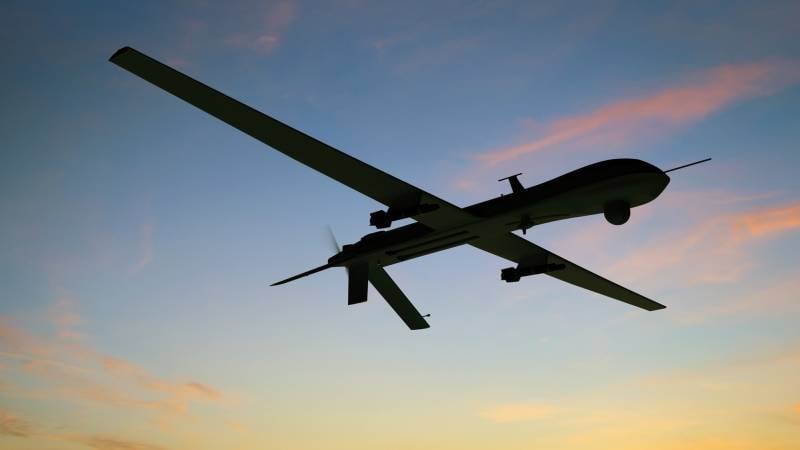
Perhaps one of the significant events in the advent of unmanned aerial vehicles (UAVs) on the battlefield was the appearance at the end of the twentieth century of the then newest American reconnaissance-strike RQ-1 (reconnaissance) / MQ-1 (reconnaissance-strike) Predator. ").
Of course, the MQ-1 Predator was not the first UAV used for military purposes. Can you remember Soviet reconnaissance UAVs of the "Strizh" type, which the Armed Forces of Ukraine (AFU) quite successfully turned into cruise missiles in our time, or UAV spotters of the Israeli Defense Forces, actively used during the Arab-Israeli wars. However, it was the Predator UAV that in many ways became the prototype of those combat vehicles that later became widespread on the battlefield.
What is the MQ-1 Predator UAV?
This is a fairly high-tech machine for its time, which is capable of performing combat missions much cheaper and with much less risk than manned aircraft can do. In fact, the MQ-1 Predator UAVs have complemented combat helicopters on the battlefield and practically displaced combat vehicles such as attack aircraft from it - remember the last time the US Air Force (Air Force) used A-10 attack aircraft?

MQ-1 Predator UAV and its control center
Despite certain shortcomings, such as weakly protected communication channels at that time, which potentially made it possible not only to destroy UAVs, but also to intercept control of them, carrying out a forced landing at their airfields, the subject of UAVs attracted close attention from the armed forces and defense concerns leading countries of the world.
The problem is that existing weapons are mercilessly expensive, which actually deprives the leading countries of the world of the opportunity to wage a long war of attrition - as the conflict progresses, they will all simply run out of weapons, which will lead to a positional deadlock, like the one we are now seeing in Ukraine, only on a much larger scale. It was supposed to solve this issue, among other things, with the help of UAVs, but there is a tendency that UAVs are becoming more and more expensive and complex over time, which largely negates the point of their use.
In general, the range of UAVs used for combat operations is extremely wide. It starts from the cheapest models - FPV-drones-kamikaze, costing (relatively) 50 thousand rubles, and ends with ultra-high-tech machines such as the American strategic reconnaissance UAV RQ-4 Global Hawk. In principle, there are no complaints about the cost/effectiveness criterion for either inexpensive FPV kamikaze drones or the RQ-4 Global Hawk UAV - these machines fully meet it. The question is different - that already existing, quite effective UAV models are gradually evolving and in the process becoming more complex and expensive, as a result of which they are gradually completely losing their relevance.
Let's consider this issue using the example of several countries around the world - leading UAV manufacturers.
USA
For example, the MQ-1 Predator UAV costing 3–4 million dollars was replaced by the MQ-9 Reaper UAV costing 16–30 million dollars (depending on the configuration), although it has much more advanced characteristics, but is conceptually comparable to its younger brother. And if, at a price of 4 million dollars, a UAV is practically a “consumable” item, then 30 million dollars is already comparable to the cost of a manned combat aircraft or helicopter.

MQ-1 Predator (left) and MQ-9 Reaper (right)
But the American military-industrial complex did not stop there; an even more complex and obviously expensive Avenger UAV was developed, although it has not yet advanced beyond the prototype, but is potentially capable of equaling the cost of fifth-generation fighters.
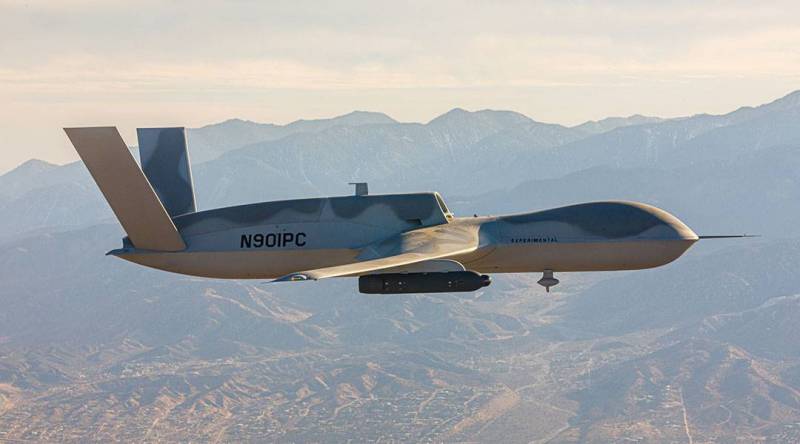
UAV Avenger
At all The USA has a lot of UAV projects, some of them could potentially become extremely successful in terms of cost-effectiveness, and in some only the desire of the American military-industrial complex to “make some money” is clearly visible.
Turkey
The popularity of the Turkish military-industrial complex was largely brought by the analogue of the American MQ-1 Predator UAV - the Bayraktar TB2 UAV, which proved itself during the Armenian-Azerbaijani conflict. However, during the Russian-Ukrainian conflict, the successes of the Bayraktar TB2 UAV were already much more modest, so much so that now nothing is heard about them at all - apparently, in Turkey they decided not to spoil their earned image through hard work and deceit for the sake of an unstable situational ally.
The estimated cost of the Bayraktar TB2 UAV is about $5 million, which, taking into account inflation, is comparable to the cost of the MQ-1 Predator UAV.
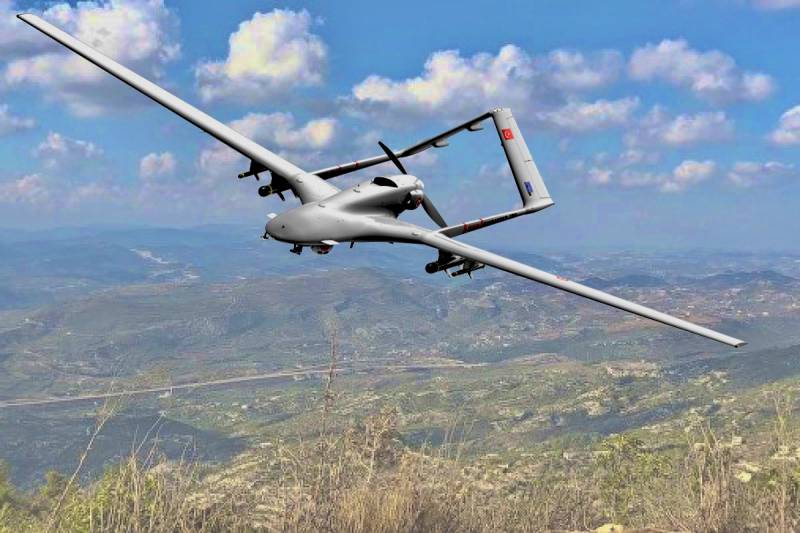
UAV Bayraktar TB2
Following the Bayraktar TB2 UAV, the Turkish military-industrial complex developed the Anka UAV, whose cost, about 15–20 million dollars, is already closer to the American MQ-9 Reaper UAV, as well as its characteristics.
True, there is a nuance here - unlike the American MQ-9 Reaper, which replaced the MQ-1 Predator, the Anka UAV does not change, but complements the Bayraktar TB2, that is, they occupy different segments, both in the market and in the Turkish armed forces.
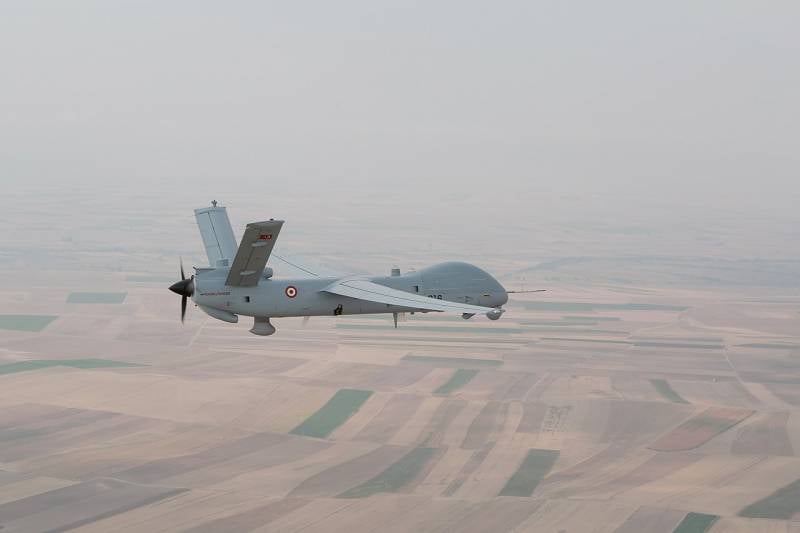
UAV Anka
Well, the pinnacle of the Turkish military-industrial complex is the Bayraktar Kızılelma jet attack UAV project in the MIUS-A (subsonic) and MIUS-B (supersonic) modifications. Different modifications use Ukrainian turbojet engines (with Soviet roots) AI-25TLT and AI-322F or Turkish TF-6000. Also, this UAV is equipped with visibility reduction technologies. However, we must assume that the price will be appropriate.
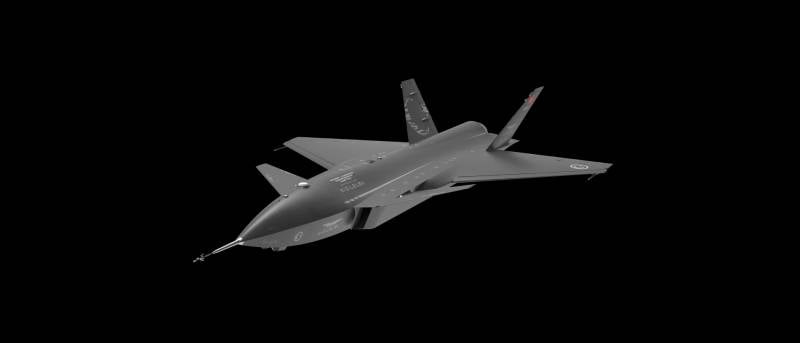
UAV Kızılelma
Russia
In Russia everything is similar, but more complicated. Almost simultaneously, we were developing the Orion UAV - an analogue of the Turkish Bayraktar TB2 UAV, the American MQ-1 Predator UAV and other similar machines, the Altair / Altius UAV, comparable in characteristics to the Turkish Anka UAV and partly the American MQ- UAV 9 Reaper, as well as the heavy, stealthy, jet-powered and obviously expensive S-70 Okhotnik UAV - in a sense, an analogue of the Turkish Bayraktar Kızılelma UAV and the American Avenger UAV.
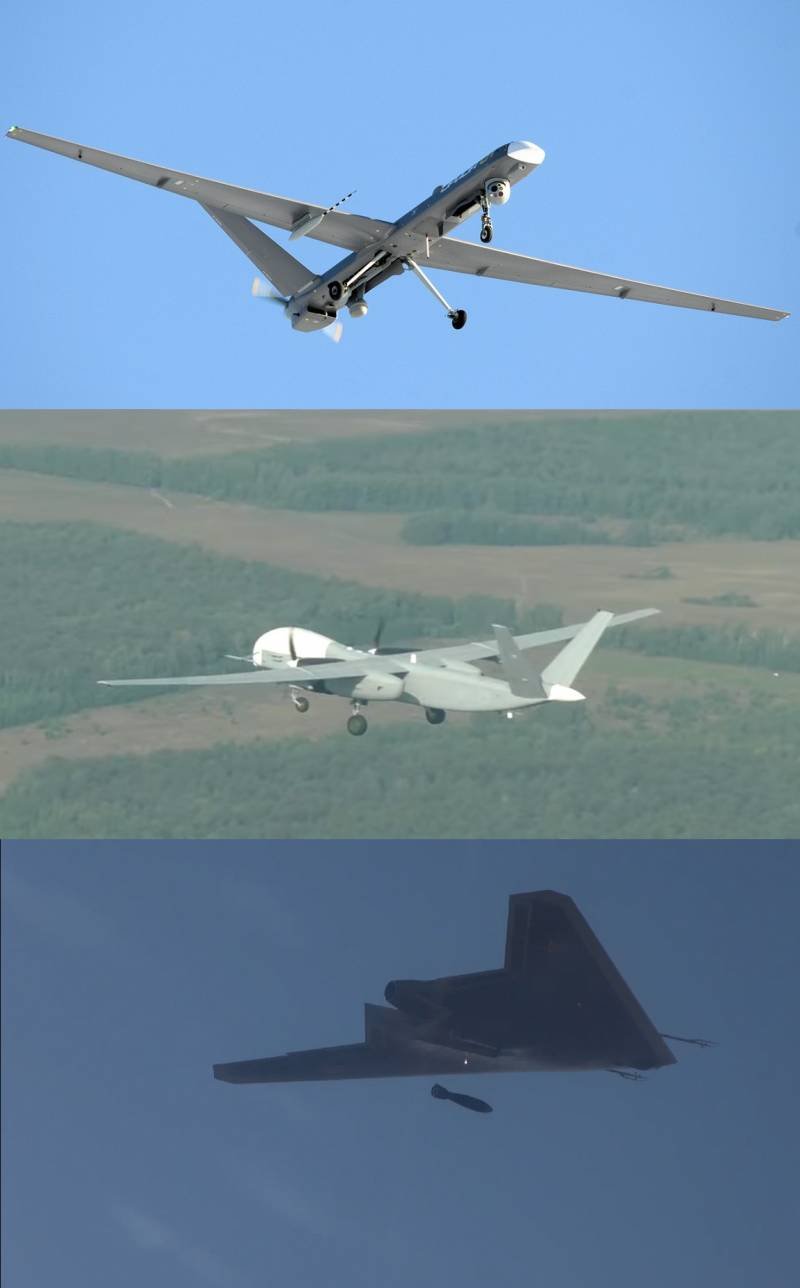
Orion UAV (top), Altair/Altius UAV (middle) and S-70 Okhotnik UAV (bottom)
Testing of the S-70 Okhotnik UAV is still ongoing, while the Orion UAV seems to be already being mass-produced, however, there is very little information about their use in the Russian Special Military Operation (SVO) zone in Ukraine.
At the same time, there is some information lull regarding the development of the Altair/Altius UAV.
Several years ago, other UAVs were announced - “Thunder”, “Sirius”, “Helios”, “Molniya”, but there is no information yet about the stage and current status of their creation.
Iran
Another example is the ambassador of the Iranian military-industrial complex UAV-kamikaze "Geran-2", which "in its maiden name" was called Shahed 136. It can be assumed that in its current form, the Geran-2/Shahed 136 UAV is apparently close to ideal in terms of cost/effectiveness, however, apparently, this UAV is being tested in Iran in a version with a turbojet engine (TRD).
Will this lead to a significant increase in performance?
It is unlikely that only the flight speed will increase, and the range may even decrease. But the fact that the cost will increase is almost guaranteed. We should not forget that a powerful turbojet engine will significantly increase the thermal signature of the UAV and make it more vulnerable to anti-aircraft missiles with infrared homing heads (IR homing heads). In addition, low speed is sometimes an advantage - we recall the Ukrainian MiG-29, which knocked out itself with fragments of the Geranium it shot down.
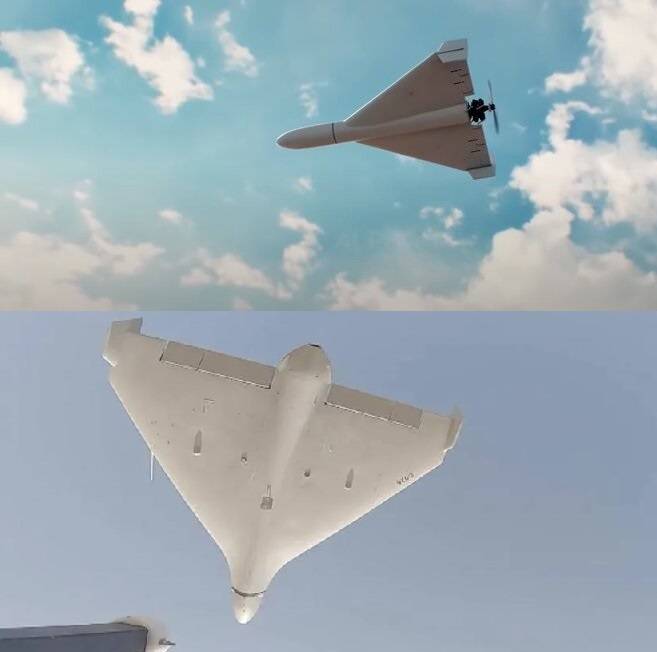
The classic Shahed 136 UAV and, presumably, a modification of the Shahed 136 with a turbojet engine
Further. Higher. Expensive
As we can see even from the example of this small selection, there is a clear trend both to improve the tactical and technical characteristics of UAVs and to increase their cost. Moreover, in some cases this happens without any alternative, that is, the United States simply replaced the relatively cheap MQ-1 Predator UAV with the much more expensive MQ-9 Reaper UAV.
The question is how feasible is such an expensive modernization?
For example, considering the situation in the context of air defense, which would bring more benefit - 1 MQ-9 Reaper UAV or 4-8 MQ-1 Predator UAVs, which could be purchased for the same money?
Someone would say that the MQ-9 Reaper UAV will have a higher chance of surviving on the battlefield? No, that's not true. For air defense systems, both of these vehicles are approximately comparable in terms of the difficulty of defeating them, and air defense jet UAVs will also “work out.”
Does the MQ-9 Reaper have a larger payload than the MQ-1 Predator? Yes, but not 4 times, and especially not 8 times. In addition, 1 MQ-9 Reaper UAV clearly will not be able to be in 4-8 places at the same time, and this can be of paramount importance.
Increased speed? For modern air defense systems this is not critical, in addition, sometimes a slower target is even more difficult to hit - the example was given above.
The main problem is that any UAV can be shot down. Almost guaranteed. At the dawn of the development of UAVs, there was a lot of talk about the fact that UAVs would potentially be able to realize such overload, turn such turns that a person cannot withstand, which would allow them to evade anti-aircraft guided missiles (SAM), but so far there are no such UAVs, and are not expected.
Thus, there must be a very good reason for the increasing complexity and cost of UAVs. It is necessary to ensure a clear segmentation of UAVs according to the tasks they solve and to prevent an increase in the cost of those UAVs, which in any case will be periodically destroyed by anti-aircraft missile systems (SAM) due to the specifics of the tasks they solve.
Under no circumstances should you chase the idea of multifunctional UAVs - this will lead to an increase in their cost to sky-high heights, as has already happened with manned combat aircraft. The priority should be considered the narrow specialization of UAVs, while within the framework of one basic model there can be many modifications to solve different narrow problems.
For example, a UAV designed to hunt enemy armored vehicles must include an optical-electronic system (OES), while a UAV designed to hit stationary targets has it redundant, and a radar station (radar) is needed for a UAV used as a long-range radar detection aircraft (AWACS) or UAV designed to hunt other aircraft.
A separate cost is kamikaze UAVs, especially long-range ones. Their disposable “essence” implies the need to minimize their price as much as possible. For example, installing a turbojet engine on the Shahed 136 UAV raises very serious questions in terms of its feasibility.
What then is the optimal modernization format for kamikaze UAVs?
One that will provide maximum benefits with minimal increase in cost.
Stealth? If we are talking about changing the contours of the fiberglass body, even with a slight deterioration in aerodynamics, or thermal insulation of the engine using conventional “mineral wool”, then this is most likely advisable. But if the use of special coatings and expensive structural materials is implied, then definitely no.
Another example of a significant increase in the effectiveness of long-range kamikaze UAVs is the ability to retarget in flight. If you install an expensive noise-proof communication system with satellites on each such UAV, then this is unacceptable. But if we install a simple “civilian” communication system with satellites (which we don’t have yet, but the USA and China already have), then this will provide huge advantages.
At the same time, the problem of electronic warfare (EW) can be circumvented by using tactics - the entire territory of the enemy cannot be covered by EW, so the availability of kamikaze UAVs for retargeting via anti-jamming communication channels can be ensured by laying part of its route away from objects covered by EW.
Conclusions
In many ways, UAVs are designed to solve the problem of the excessive increase in the cost of modern weapons and the enormous cost of their operation.
The problem is that the cost of the UAVs themselves is beginning to gradually increase.
A clear segmentation of UAVs is needed, determining where an increase in cost with a corresponding increase in performance characteristics is justified, and where it is categorically unacceptable.
Information